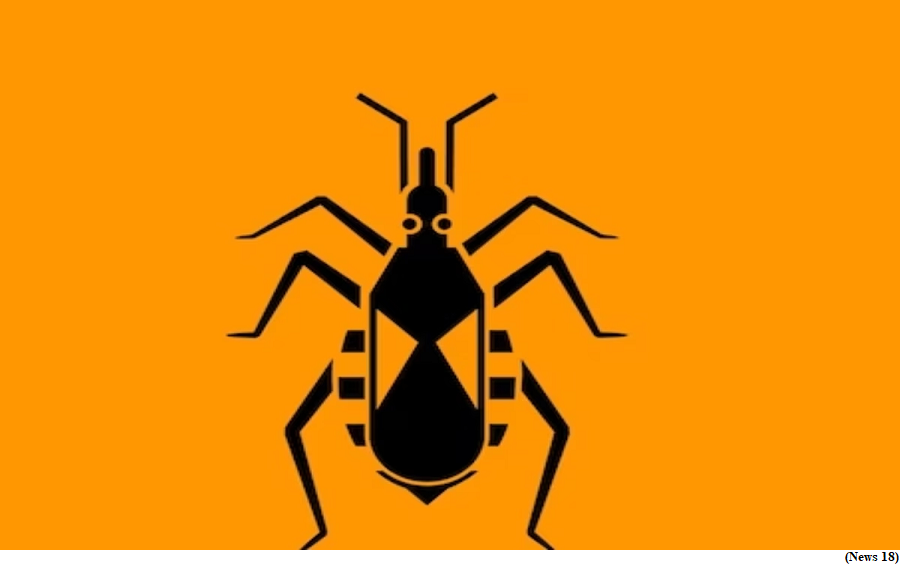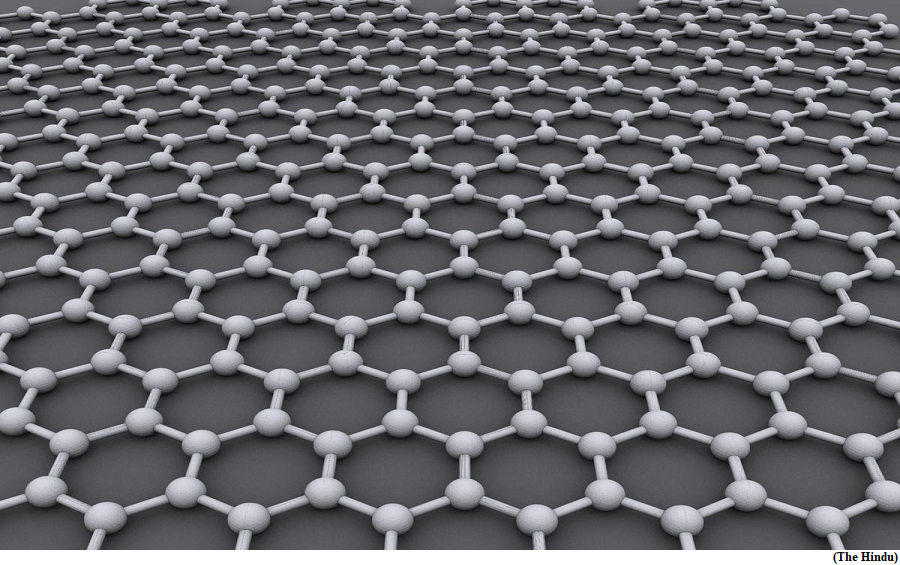World Chagas Disease Day 2023 (GS Paper 2, Health)

Why in news?
- Recently, the World Health Organization (WHO) observed World Chagas Disease Day April 14, 2023 to raise awareness about this little-known disease that affects millions every year, especially the poor population and people in Latin America.
Background:
- In 2019, the 72nd World Health Assembly dedicated this day to the disease. This year’s theme is “time to integrate Chagas disease into primary health care”.
What is Chagas disease?
- Chagas disease, also called American trypanosomiasis, is a communicable parasitic disease that has infected 6-7 million people and claims around 12,000 lives every year across the globe.
- The systemic, chronic disease manifests as fever, headaches, rashes and inflammatory nodules, nausea or diarrhoea and muscle or abdominal pain.
- A majority of the patients (70-80 per cent) show an asymptomatic clinical course throughout their lives, making early detection challenging. It is often referred to as the “silent and silenced disease”.
- Around 20-30 per cent infections evolve into the chronic stage, during which patients show symptoms indicating damage to tissues of heart, digestive system or nervous system.
Transmission:
- It is caused by the parasite protozoan Trypanosoma cruzi. The parasites are mainly transmitted by a family of bugs called ‘triatomines’, also known as the ‘kissing bug’.
- These blood-sucking bugs transmit the disease from infected to healthy individuals through bites and by defecating on them.
- An individual can also contract this disease through congenital transmission (pregnant woman to their baby), blood transfusions, organ transplantation, consumption of uncooked food contaminated with faecal matter of infected bugs or even accidental laboratory exposure. The disease, however, cannot propagate by casual contact with infected humans or animals.
Prevalence:
- The disease is named after physician Carlos Chagas who first detected it in a Brazillian child in 1909. Since then, the disease remains most prevalent in Latin America, with the poor facing the highest risk.
- The most important vectors are found in the rural parts of Argentina, Bolivia, Brazil, Chile, Paraguay, Uruguay, Peru, Colombia, Venezuela, Ecuador, Panama, and Central America.
- Chagas is currently endemic in 21 countries in the Americas, and shows an annual average incidence of 30,000 new cases.
Vaccination & Prevention measures:
- There are currently no vaccines available for Chagas disease. However, the disease can be treated with antiparasitic medicines Benznidazole and Nifurtimox. These have a 100 per cent efficacy rate if the medicine is administered at the onset of the acute stage.
- Preventive measures have been put in place by countries to eliminate the bugs or reduce infections.
- Governments have employed spraying insecticides as a measure to eliminate triatomine bugs in parts of Mexico, Central and South America.
- Universal screening of blood donors and blood products is done by all Latin American countries, and other countries reporting new cases.
India, Mauritius review vostro account mechanism, implementation of CECPA
(GS Paper 2, International Organisation)
Why in news?
- Recently, India and Mauritius took stock of the bilateral cooperation during Indian Foreign Secretary’s three-day visit to Mauritius.
- It was the foreign secretary's first official visit to Mauritius, a key partner and trusted friend of India under India's 'neighbourhood first' policy and SAGAR (Security and Growth For All in the Region) vision for the Indian Ocean.

Key Highlights:
- Both sides carried out a comprehensive review of their overall ties including the vostro account mechanism for settlement of trade transactions and the proposed launch of Indian Unified Payments Interface (UPI) system and RuPay card in the African country.
The two sides
- Both sides also delved into their Comprehensive Economic Cooperation and Partnership Agreement (CECPA), which was inked on February 22, 2021.
- Both sides expressed satisfaction regarding the smooth execution of the various projects including the phase IV of the Metro, civil services college, the solar power plant at Henrietta, forensics science lab, national archives and library, Mauritius police academy and mediclinic and area health centres.
- Both sides also reviewed ongoing cooperation in diverse areas, such as the Ayush Centre of Excellence (ACE), Special Rupee Vostro Account mechanism for settlement of bilateral trade transactions and proposed launch of India's UPI Payment System and RuPay card in Mauritius.
Vostro accounts:
- A vostro account is an account that domestic banks hold for foreign banks in the former’s domestic currency, in this case, the rupee.
- Domestic banks use it to provide international banking services to their clients who have global banking needs.
- It is an integral offshoot of correspondent banking that entails a bank (or an intermediary) to facilitate wire transfer, conduct business transactions, accept deposits and gather documents on behalf of the other bank.
- It helps domestic banks gain wider access to foreign financial markets and serve international clients without having to be physically present abroad.
Magnetoresistance: one more thing graphene does differently
(GS Paper 3, Science and Technology)
Why in new?
- Researchers in the U.K., led by Nobel laureate Andre Geim, have discovered another property of graphene.
- They found that graphene displays an anomalous giant magnetoresistance (GMR) at room temperature.

Details:
- GMR is the result of the electrical resistance of a conductor being affected by magnetic fields in adjacent materials.
- It is used in hard disk drives and magnetoresistive RAM in computers, biosensors, automotive sensors, and medical imagers.
Graphene-based device:
- GMR-based devices are particularly used to sense magnetic fields. The new study has found that a graphene-based device, unlike conventional counterparts, would not need to be cooled to a very low temperature to sense these fields.
- A conductor is sandwiched between two ferromagnetic materials (metals attracted to magnets, such as iron). When the materials are magnetised in the same direction, the electrical resistance in the conductor is low. When the directions are opposite to each other, the resistance increases. This is known as GMR.
- The magnetoresistance observed in the graphene-based device was “almost 100-times higher than that observed in other known semimetals in this magnetic field range”.
- The effect is due to the way electrons in the conductor scatter off electrons in the ferromagnets, depending on the orientation of the latter’s spin which is affected by the direction of the magnetic field.
- Conventional GMR devices are cooled to low temperatures to suppress the kinetic energy of their constituent particles, keeping them from deflecting the electrons moving past them. In graphene, the researchers found this suppression unnecessary.
Neutral plasma:
- In their study, the magnetoresistance in monolayer graphene at 27° Celsius held between two layers of boron nitride increased by 110% under a field of 0.1 tesla.
- To compare, the magnetoresistance in these conditions increases by less than 1% in normal metals. They attributed this to the presence of a ‘neutral’ plasma and the electrons’ mobility.
- A graphene-based GMR device cannot replace existing devices because the latter have other properties that the former does not.
- For example, as magnetic fields are applied and removed, the conductor’s resistivity in the two types of devices evolves differently.




